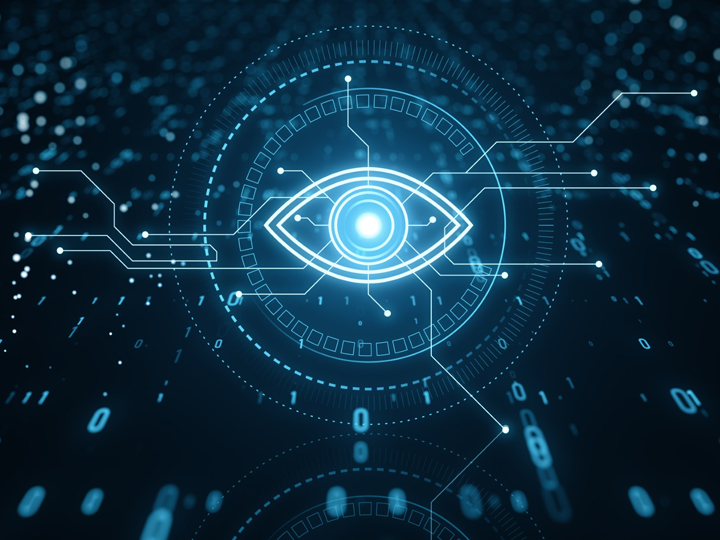Mark III Systems' Introduction to Computer Vision: Session Four

Taught by data scientist Michaela Buchanan, the last webinar was named, “Introduction to Computer Vision,” and built upon the previous three sessions’ Deep Learning curriculum.
Buchanan explained that this session would require some knowledge of Deep Learning and neural networks, that it would be just a starting off point for learning more about Computer Vision and that it would focus more on practical than academic models. She encouraged registrants to re-watch or to first familiarize themselves with the prior three sessions.
The first concept she introduced was that of limitation – how to classify images into similar buckets. When you are trying to classify multiple objects – say, dog, cat and duck – detection is the first hurdle (just determining how many objects you see) and segmentation is the more complicated problem. This is something that can determine, in the case of medical imaging say, not just that there are tumors, but the size and shape and position of the tumors.
Buchanan gave an informative demonstration on convolutional neural networks by showing participants how to use a simple filter and feature mapping process. She also explained how to condense down feature mapping information for the most pertinent data needed, which is called max pooling.
In the workshop portion of the webinar, Buchanan used CIFAR-10, YOLOv3 and MobileNetV3 for image classification, object detection, and segmentation. She showed how experimenting with batch size and epochs (the number of times you run through full datasets) can change your results.